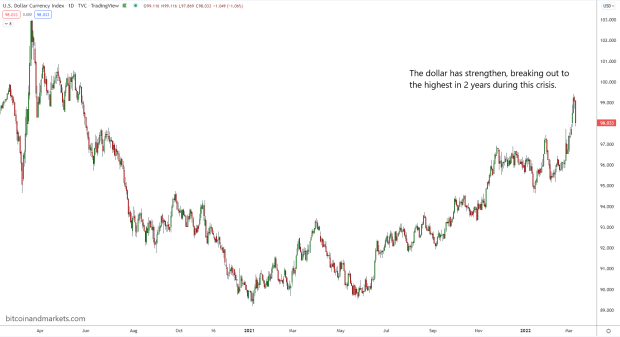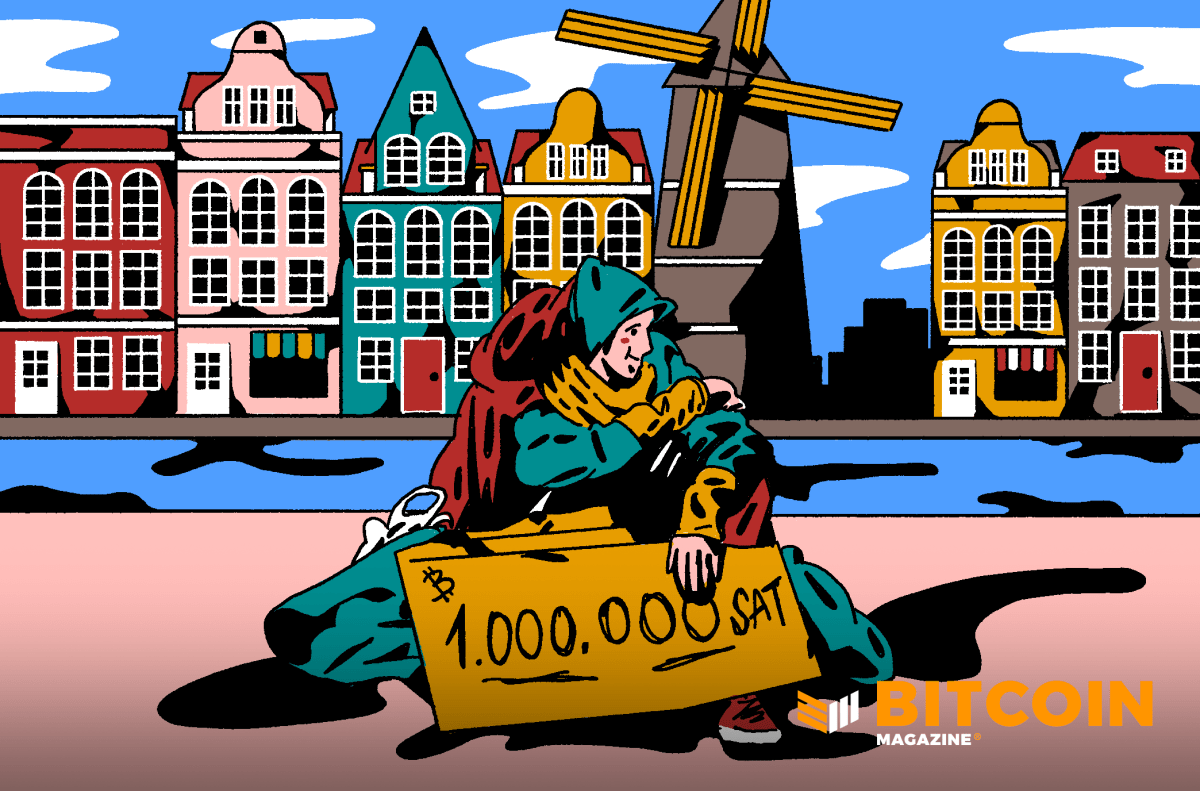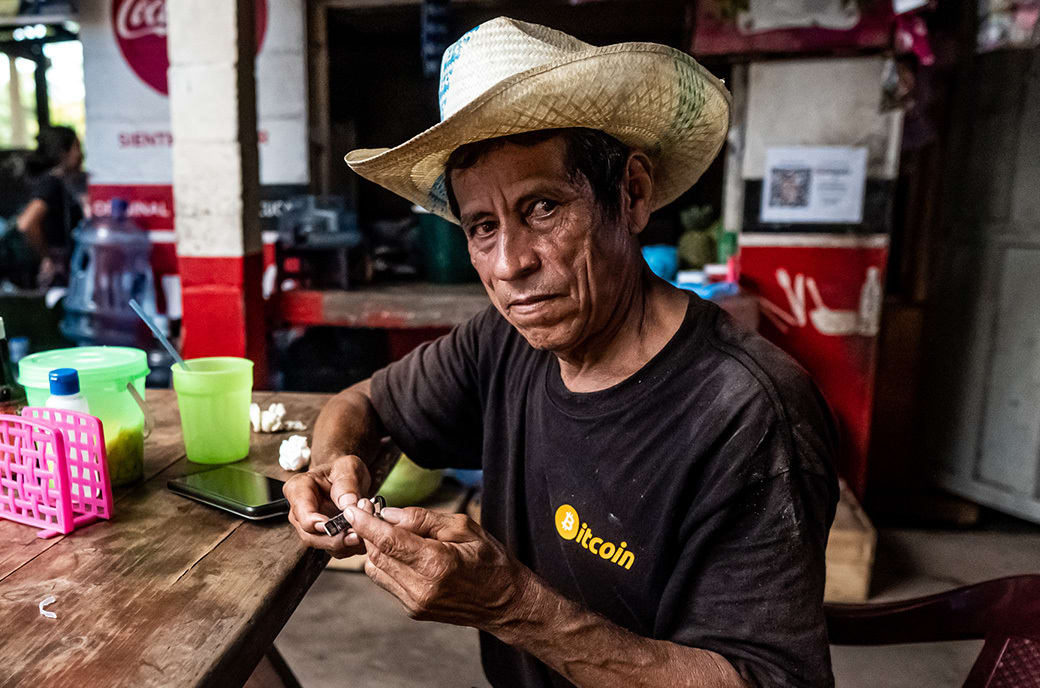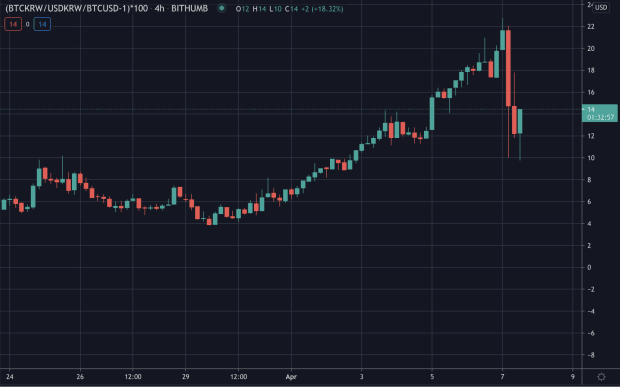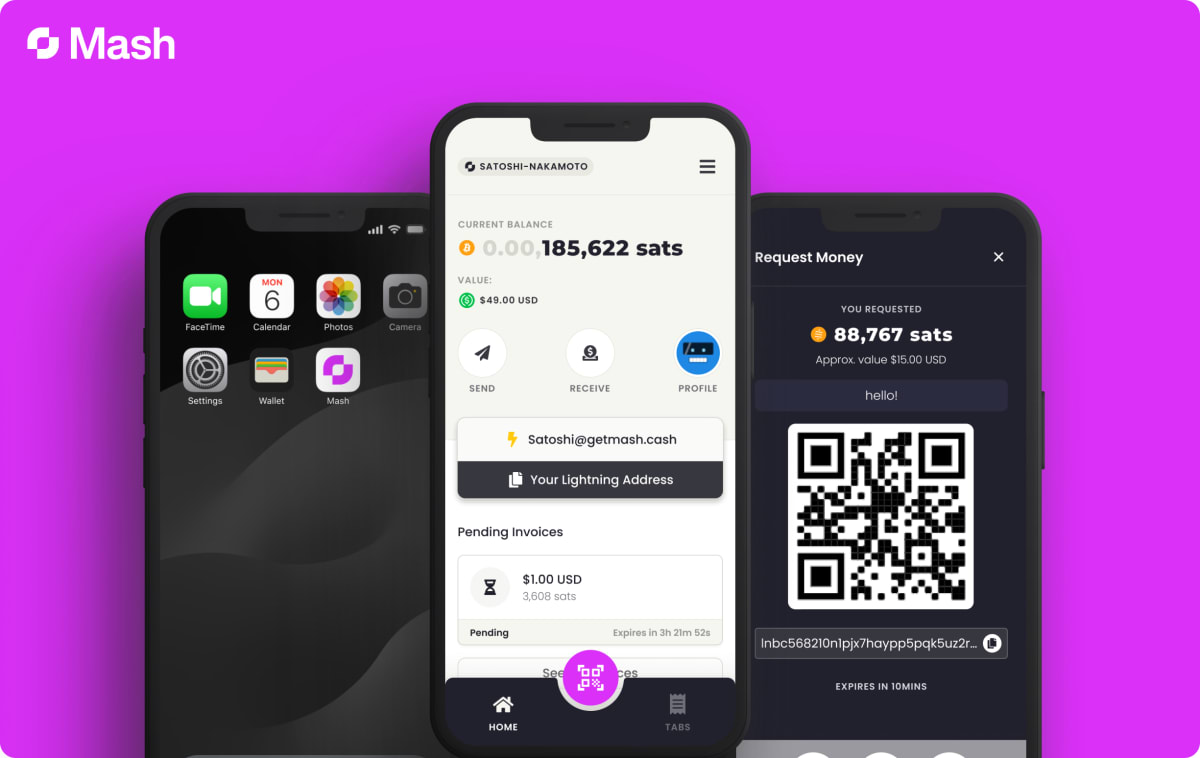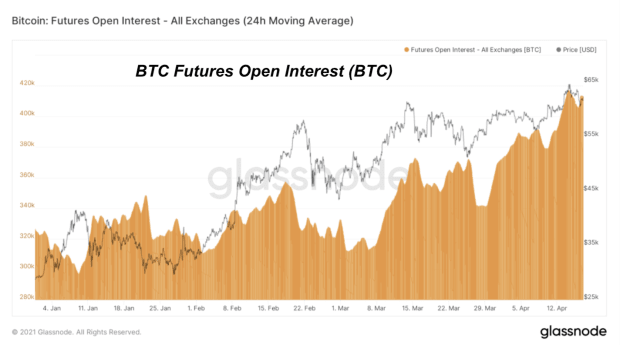Bitcoin And The Pedagogy Of The Oppressed
This article is featured in Bitcoin Magazine’s “The Withdrawal Issue”. Click here to subscribe now.
A PDF pamphlet of this article is available for download.
I have taught teenagers mathematics for my entire career. More recently, I also found great joy in teaching people about Bitcoin. Among the lessons I have learned through the years is that in order for a student to truly learn a new and challenging concept, they need to feel comfortable and have a voice in their learning process. Today, the most effective teachers are able to foster a dynamic community of engaged students that have agency in what and how they learn. But this wasn’t always so.
In Paulo Freire’s foundational book, Pedagogy of the Oppressed, he established a framework of teaching and learning that he called the “banking model of education”. It will not surprise Bitcoiners to learn that Freire’s use of banking is meant as a pejorative. Written in the late 1960s, the book compared the era’s dominant teaching method to a teacher filling an empty vessel with deposits. The bank — in this case, a piggy bank — is the student. Under this model, the teacher embodies the active role of deciding what gets taught and what constitutes true knowledge. He or she serves the agenda of the oppressor — even if unwittingly — by choosing what and how much knowledge the students will receive. At no point can the teacher give enough information or encourage enough critical thinking to threaten the world created by the oppressor. By contrast, the student is a passive receiver of knowledge. The student has no agency and can make no decisions about their learning. The student receives deposits, but is unable to do anything with them. Success for both individuals in the relationship is defined and measured by the deposits made into the bank.

Freire explains: “The more completely she fills the receptacles, the better a teacher she is. The more meekly the receptacles permit themselves to be filled, the better students they are” (page 72). The key to this framework is to understand teacher and student as opposites. The teacher is the authority and the student is an object to be manipulated. In this old system, the teacher issues directives and makes deposits, while the student is passive and has no ability to question authority or be involved in their own learning process. It is important for me to note that in 2023, thanks in large part to Freire’s work, this is no longer how most good teachers operate or measure their success. This is not how I run my classroom. As a Bitcoiner, I’m not sure I could.
Moving beyond the classroom, it seems apropos to extend this bank metaphor about education to banking itself. Outside the classroom, most people trying to learn about the legacy financial system have at some point felt like the meek vessel receiving deposits that were chosen by someone else. What people learn about how the banking industry works, how much they learn, and the opacity of the lessons all seem to be decided by someone in a position of authority, acting — even if unwittingly — for the benefit of the oppressor. Banks are far too profitable to allow regular folks to learn too much about them. In Freire’s language the banking industry is serving the role of the teacher and oppressor, while regular folks are the passive vessels. The students. The piggy banks. The oppressed.
The main trouble with the banking system of education is poignantly summarized in the book: “The capability of banking education to minimize or annul the students’ creative power and to stimulate their credulity serves the interests of the oppressors, who care neither to have the world revealed nor to see it transformed” (page 73). It is hard not to read such a sentence and think critically about how our financial system — something we interact with everyday — is taught to people. The dominant forces working within the financial system have no desire to have regular folks understand the role of the central bank, how money is created, why inflation happens, the details of fractional reserve banking, the relationship between government and banks, or the boom-bust business cycle and what causes it. The way finance is taught simply serves to “annul” our creativity and “stimulate” our credulity. The ability (or even the desire) to question the system is eroded. Those in power have no interest in revealing their world or having it transformed.
In Freire’s framework, the banking system of education is so pernicious because the tranquility of the oppressor “rests on how well people fit the world the oppressors have created, and how little they question it” (page 76). We saw earlier this year how impactful it is to question the systems that the banks have created. Bank runs, like the one that devastated Silicon Valley Bank in March, serve to question the world of the oppressor. Among many other things, a bank run is a challenge to authority and an explicit refusal to trust. Once relegated as a relic of the past, apparently bank runs are very real and can cause an unsettling recalibration of one’s understanding about how a bank works. And as we saw in March, the bank run at SVB wasn’t contained and was barely controlled. There were immediately contagion concerns about the regional banking industry. Indeed, this is the threat to tranquility that the banking sector does not want. Regular folks who have never needed to question their bank began to do so, even though they weren’t supposed to. To be clear, the oppressor’s industry isn’t being transformed by a bank run; it is being revealed.
Taking your money out of a bank is just one of the ways that us regular folks (students in Freire’s framework) can take agency and control of our learning and understanding of how money works, both within the old system and likely new ones. At the heart of a bank run are the very foundations of Bitcoin’s ethos; self-custody, don’t trust, verify, and question authority. It is no surprise to Bitcoiners that banks don’t want you thinking like this. It is far more profitable to keep people ignorant. To trust the banks is to continue giving them low-interest loans with which they can take risks to reap huge profits while our government serves as their backstop. To trust the banks is to not understand that your “money” is really the bank’s liability. Folks rushing to withdraw their funds from SVB were asking dangerous questions, perhaps for the first time. These people are Bitcoiners that just don’t know it yet.
Bank runs are just the beginning of this next stage. As we students wake up to our power and agency, the cracks in the old system grow. Whether it is a bank run or orange pilling a friend, we have the power to question the old system. Indeed, questioning the old system is all that is needed to topple it. Each new Bitcoiner is another leak in the dam. The people in charge of the legacy financial system will try to distract and redirect, but once you see the inevitability of the dam breaking, there is no unseeing it. Learning about Bitcoin is a self-directed, interdisciplinary journey in which people need to take responsibility and control over their learning process. Bitcoiners are decidedly lifelong learners. This is precisely what Pedagogy of the Oppressed advocates in respect to the “banking system of education”. People should learn about things that are important to their lives and have agency about how they learn. I see this happening in every corner of the Bitcoin community.
And what is your role? My role? It is certainly not to be a “well intentioned bank-clerk teacher” that unwittingly promotes the facts that the oppressor wants promoted. The most impactful thing we can do is to encourage curiosity within our pre-coiner friends and have them take control of their learning journey. By learning about Bitcoin in any serious way, one will necessarily learn about the legacy financial system and all of its flaws and exploitation; in many ways, it is better for the person you care about to discover that on their own. As a Bitcoiner, your role is to provide resources, kindle creativity, keep an open mind, and learn as you teach. And, perhaps most importantly, your role is to meet people where they are in their journey. As Freire correctly points out, “one does not liberate people by alienating them” (page 79). It is critically important to provide resources and guidance that empowers learners and makes them feel motivated to discover more.

It is painfully clear that we, as a society, do a horrible job of educating people about the financial system. This is no coincidence and no mistake. The oppressors cannot maintain their system while also encouraging the students to ask why it exists or what it accomplishes. Bitcoin provides a better pedagogy, one in which the student is empowered to take an active role in their learning and explore the how and why for themselves. I believe this Bitcoin pedagogy is the new pedagogy of the oppressed, a way of teaching and learning that is designed, from its inception, to liberate people. And we need you. If you are reading these words, you should be thinking about yourself as a teacher-learner for Bitcoin, and you are just in time. This new pedagogy, and your involvement in it, is of paramount importance as we enter the “then they fight you” phase in Bitcoin’s journey.
Each week we are faced with damning new narratives about Bitcoin. It’s unsettling for those who have done the hard work of understanding the best monetary technology the world has ever known. These damning (and false) narratives are simply deposits being made into regular folks by the banking industry, the media, and politicians. These entities are deciding what constitutes true knowledge and how much of it you are allowed to have. They are acting, even if unintentionally, to dull your ability to question the old system. Each attack on Bitcoin is really meant as a defense of the profit-making system the oppressors have created. As Freire notes, “the interests of the oppressors lie in changing the consciousness of the oppressed, not the situation which oppresses them” (page 74). This remains fundamentally true today in the relationship between banks and their customers.
Referring to the oppressor-teacher attempting to stifle any threat to a profitable system, Freire says “thus they react almost instinctively against any experiment in education which stimulates the critical faculties” (page 73). Indeed, powerful forces are currently using the old banking system of education to react against bitcoin as an experiment in money. This is because Bitcoin, undoubtedly, stimulates the critical faculties and encourages people to question the authority of the old system. The threat to their system is not just that bitcoin is better money, but it is also that it encourages better learning about money.
As you continue to teach and learn about Bitcoin, remember that the oppressor does not want you in charge of your learning. They don’t want you to be able to question their system. They do not want their world revealed or transformed. They want you and everyone you care about to be piggy banks and remain oppressed.
Bitcoin, of course, doesn’t care about what they want.
References
1. Paulo Freire, Pedagogy of the Oppressed, thirtieth anniversary edition. ed., trans. Myra Bergman Ramos (New York, NY: Continuum International Publishing Group, 1993).
C. Jason Maier
cjasonmaier@gmail.com
www.BitcoinProgressive.com
This article is featured in Bitcoin Magazine’s “The Withdrawal Issue”. Click here to subscribe now.
A PDF pamphlet of this article is available for download.
This is a guest post by Jason Maier. Opinions expressed are entirely their own and do not necessarily reflect those of BTC Inc or Bitcoin Magazine.


